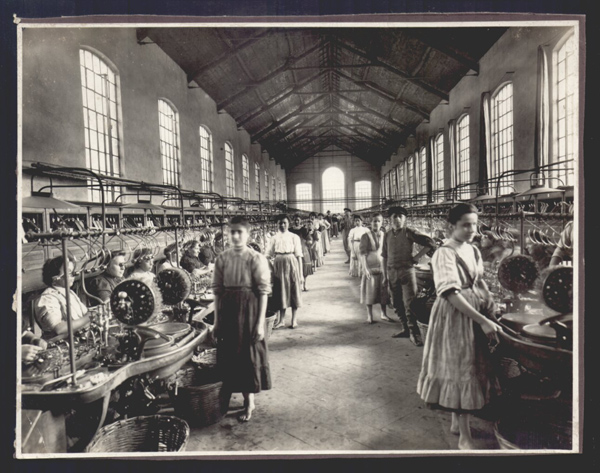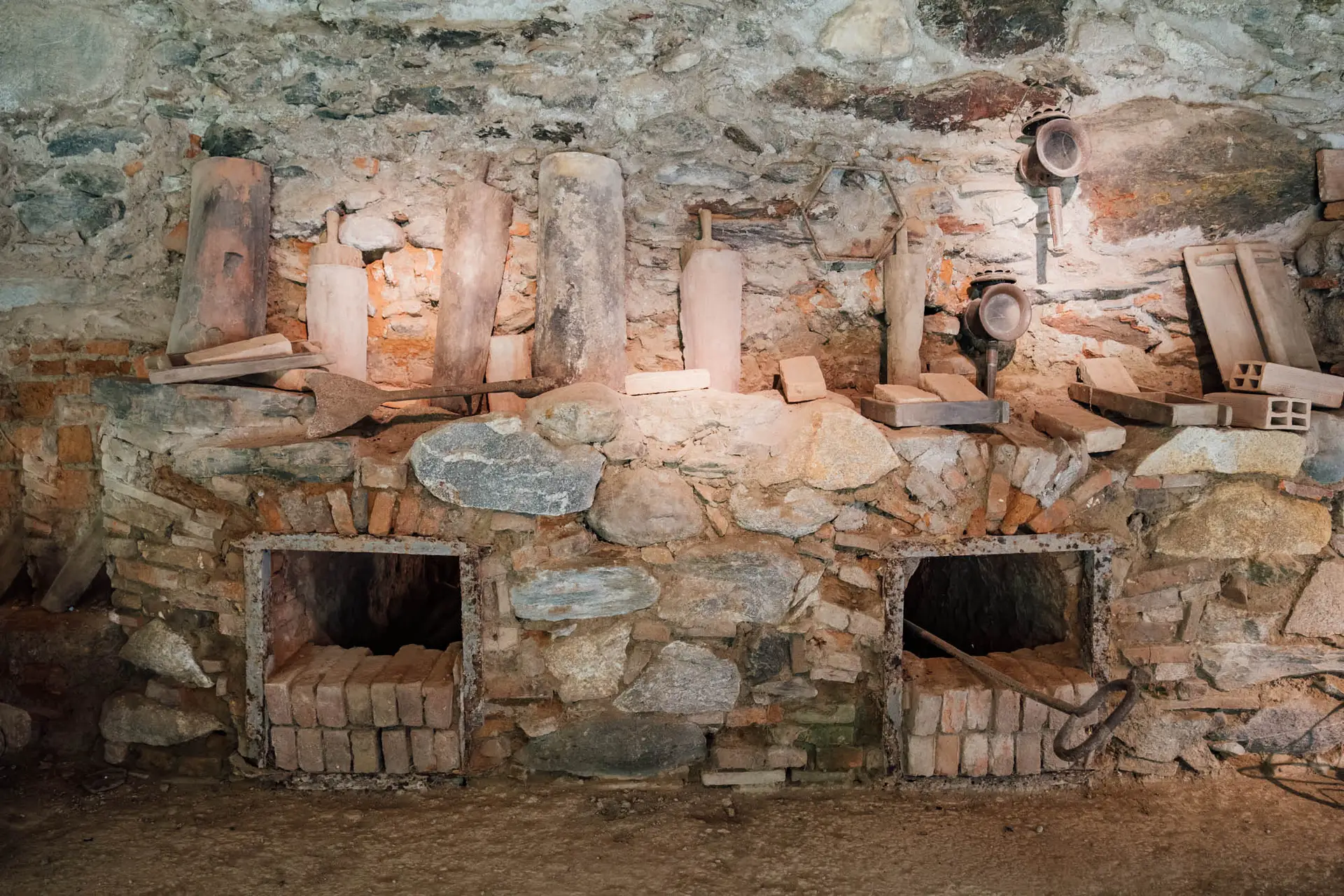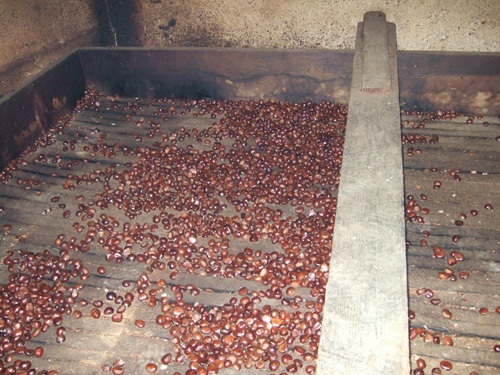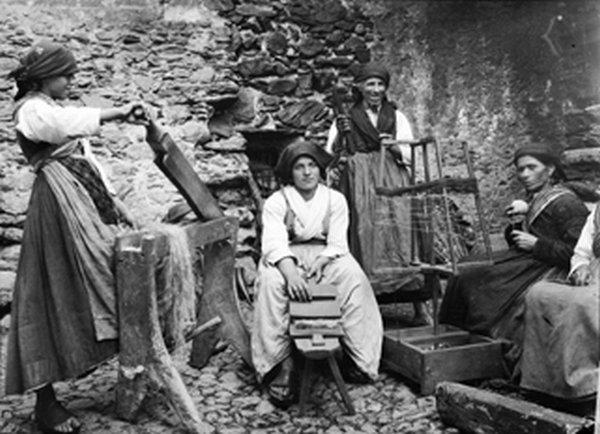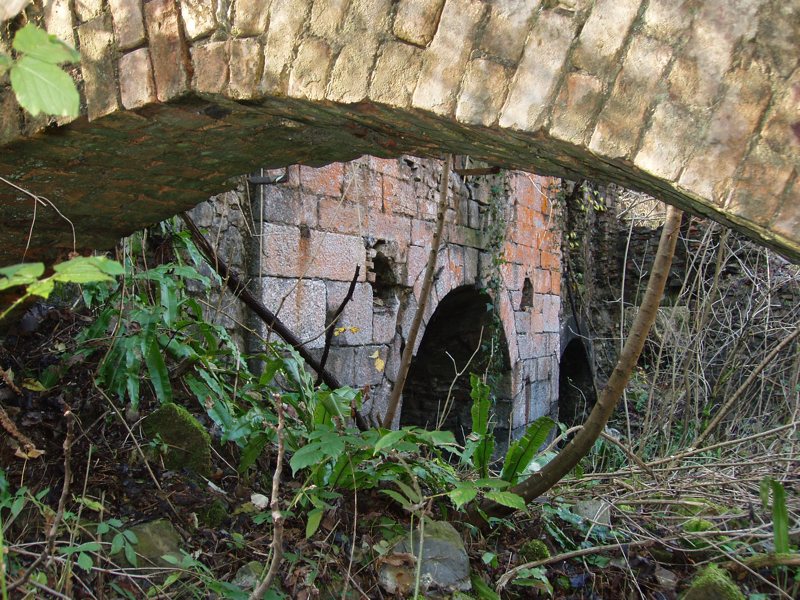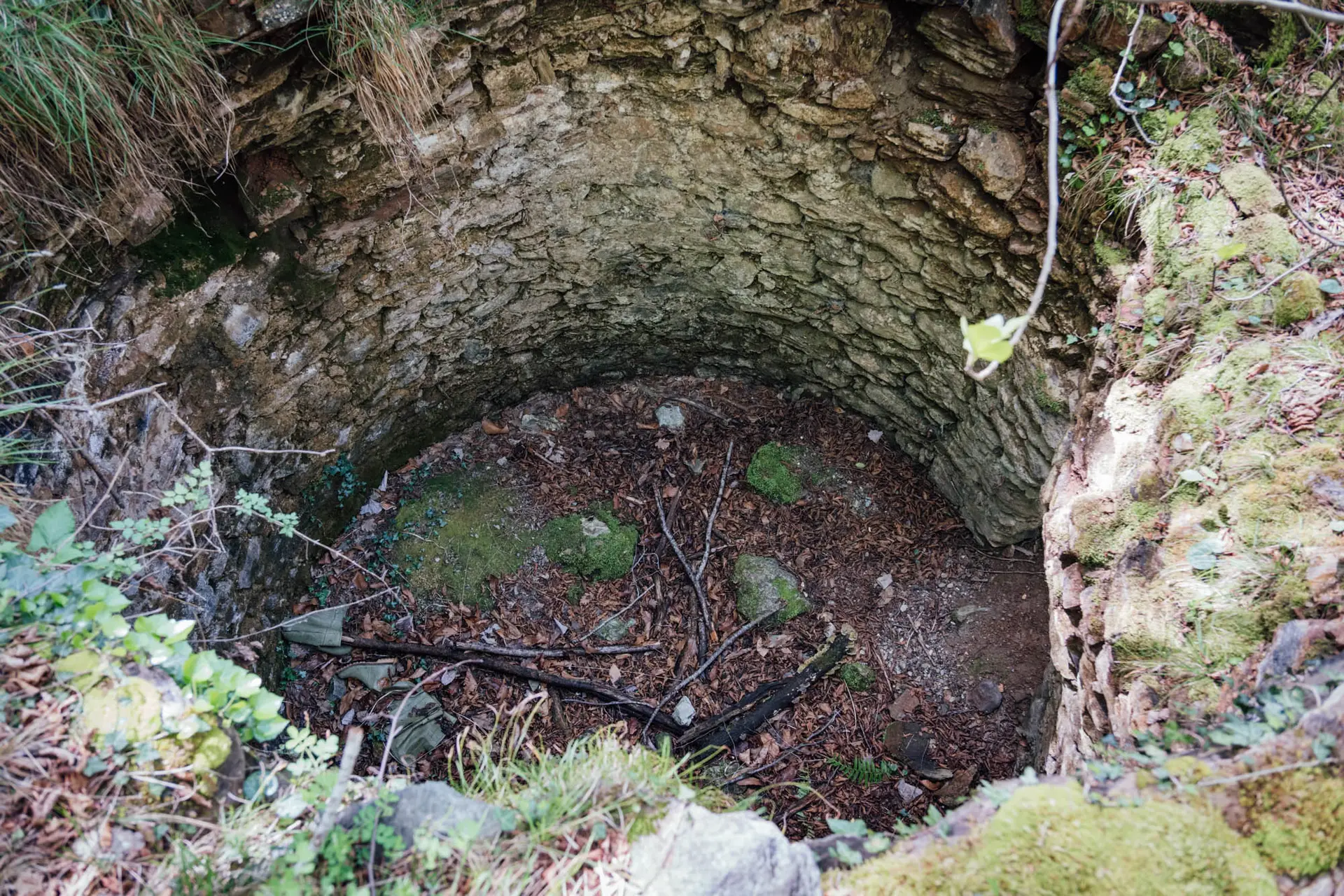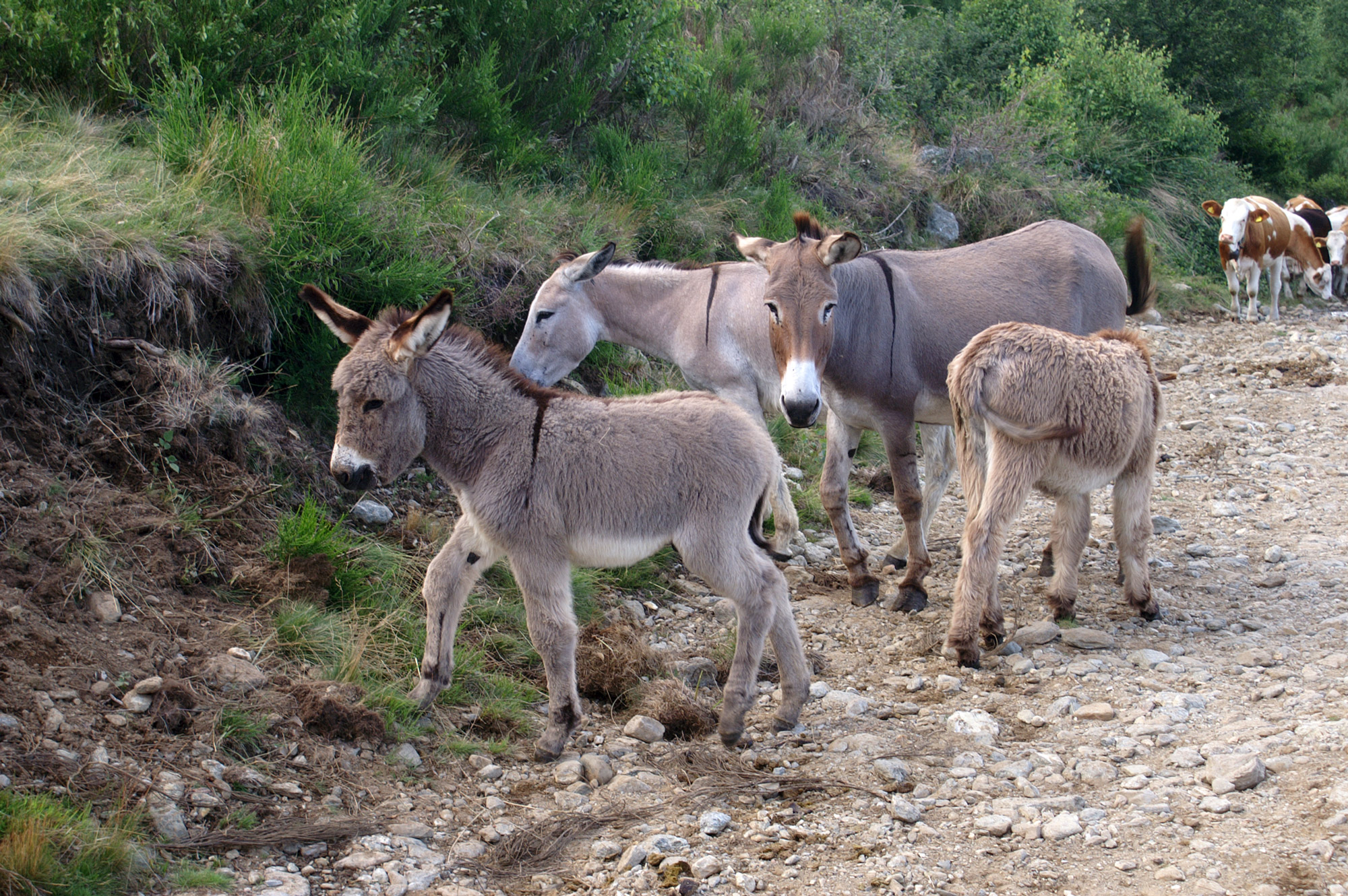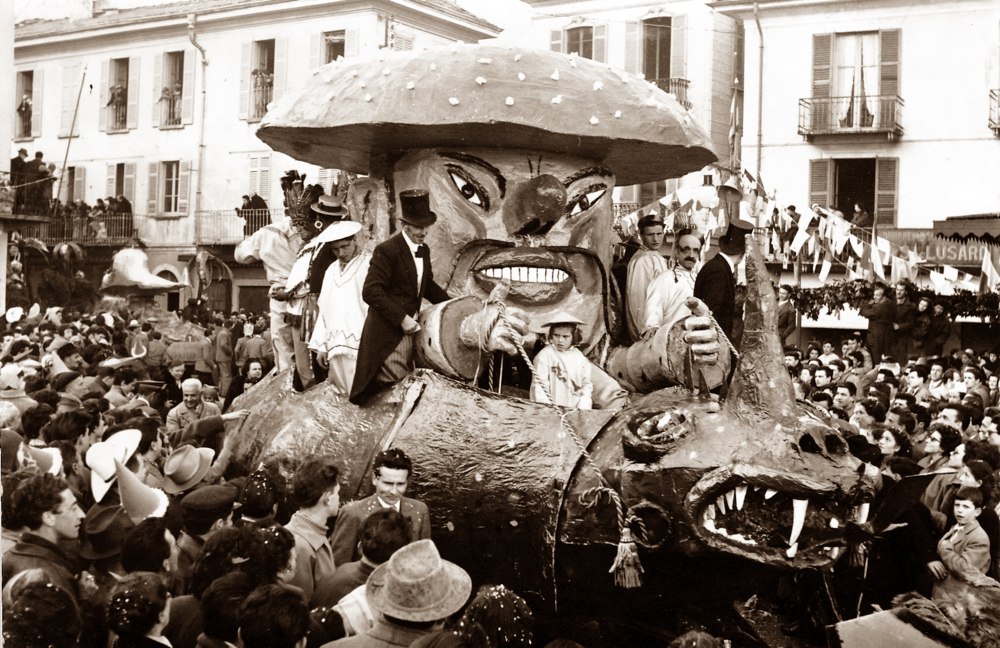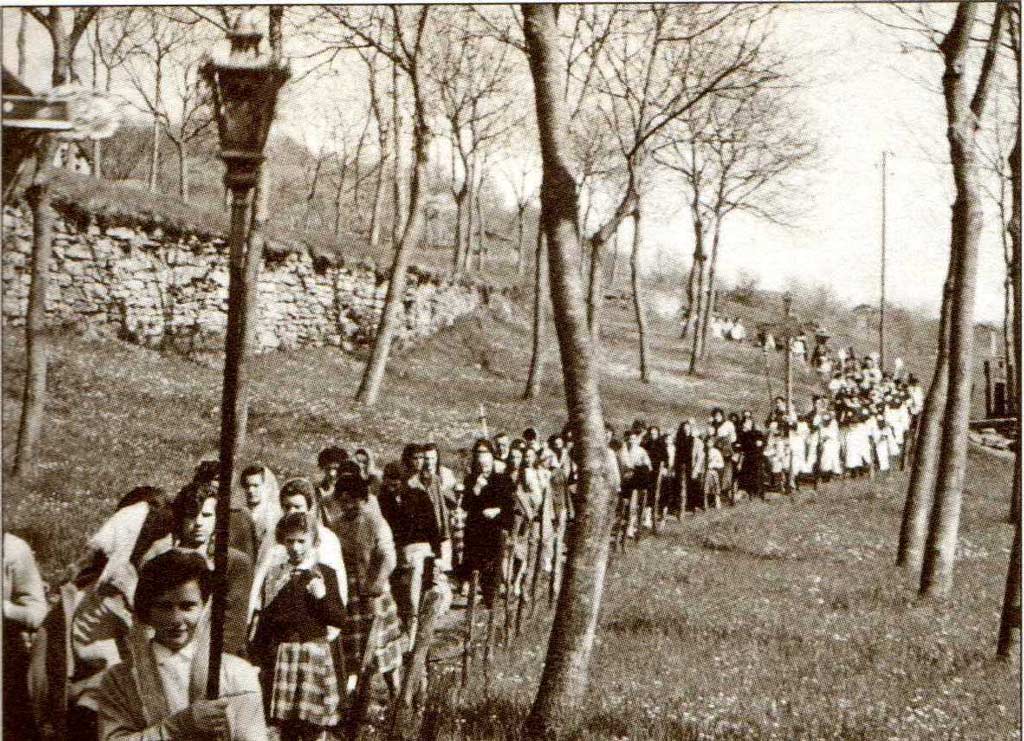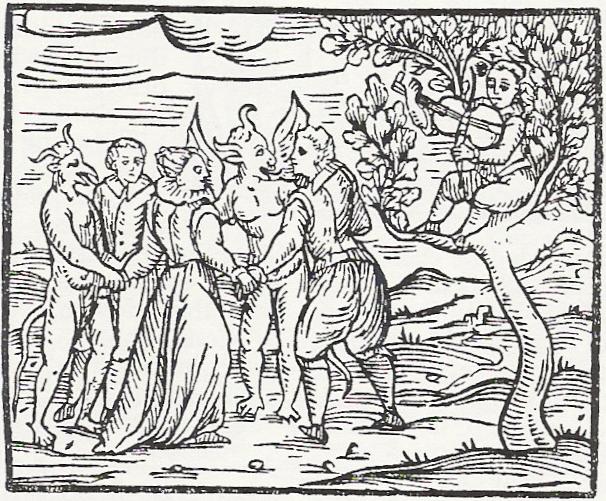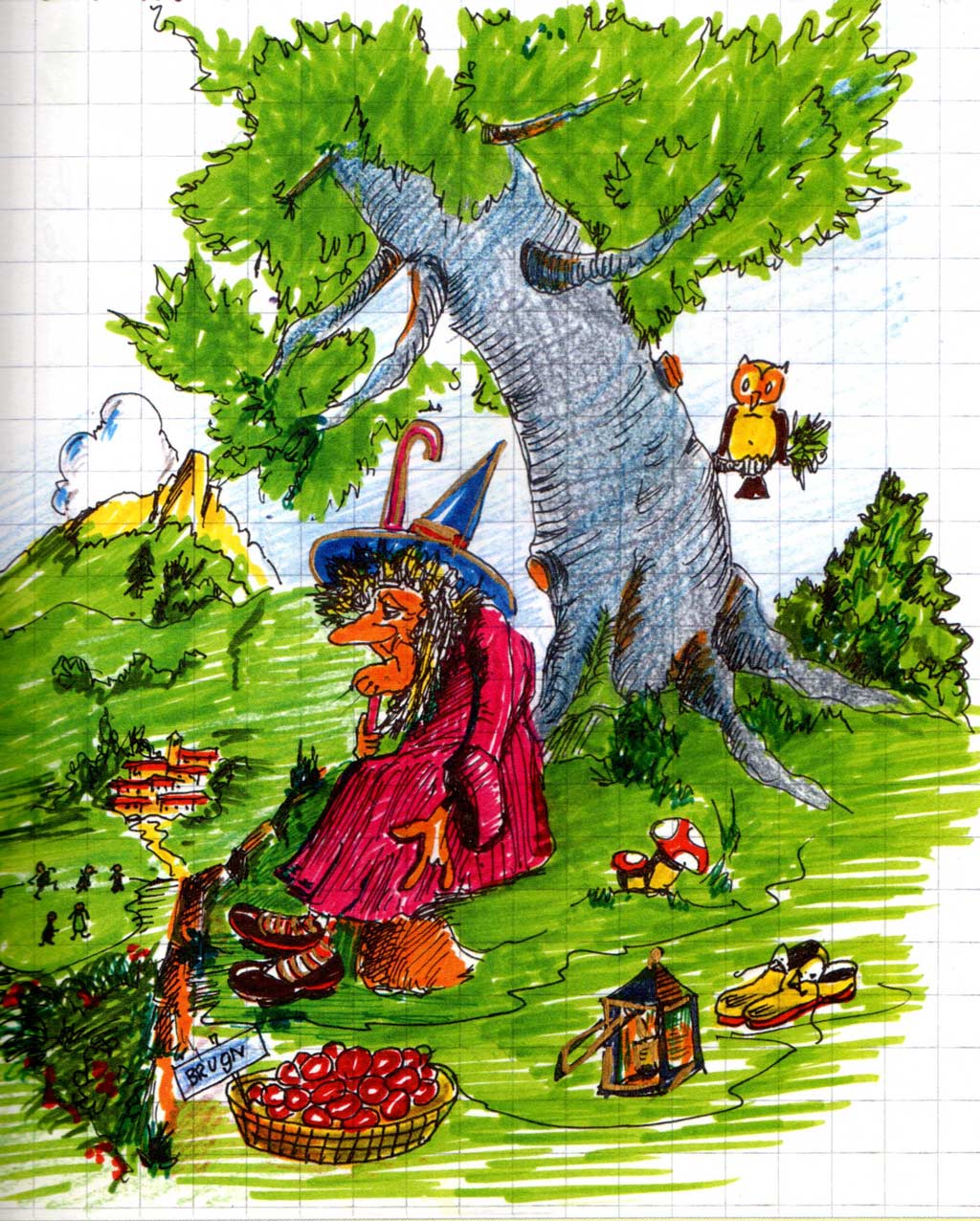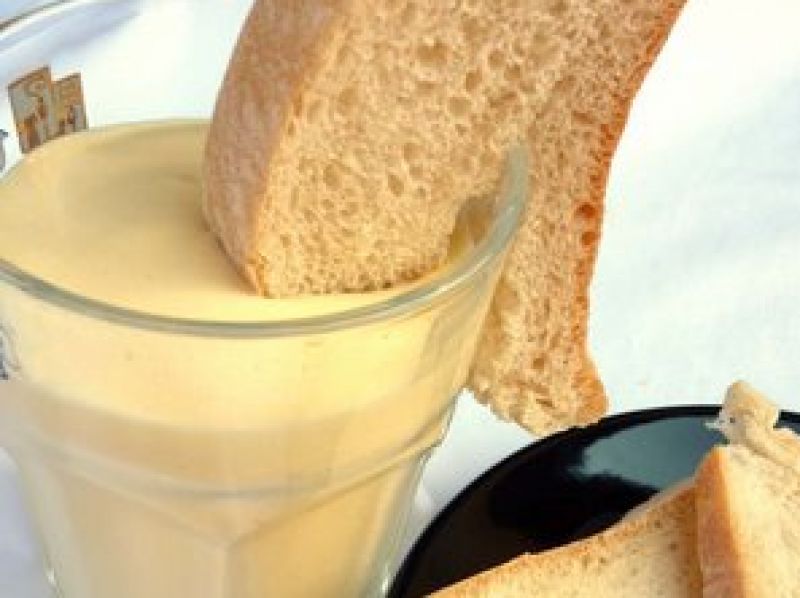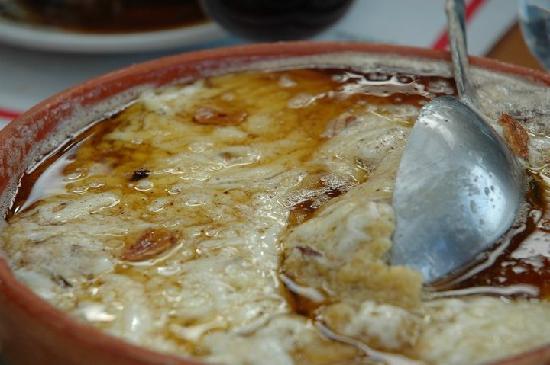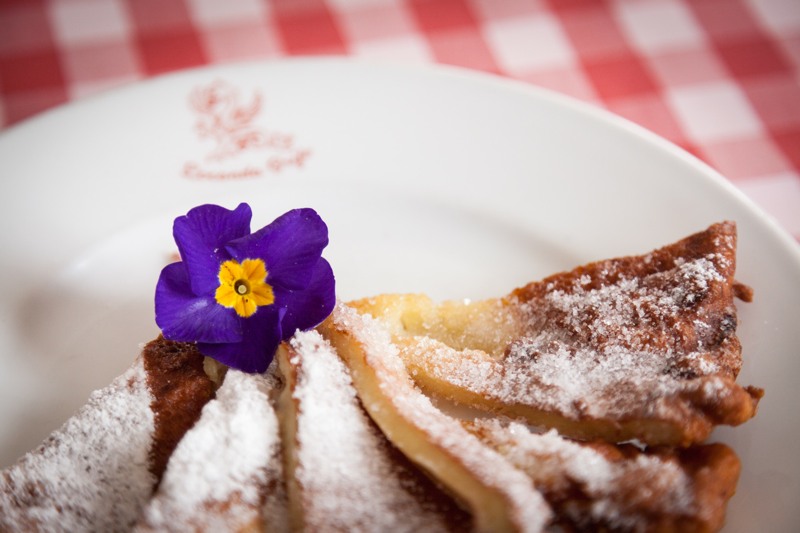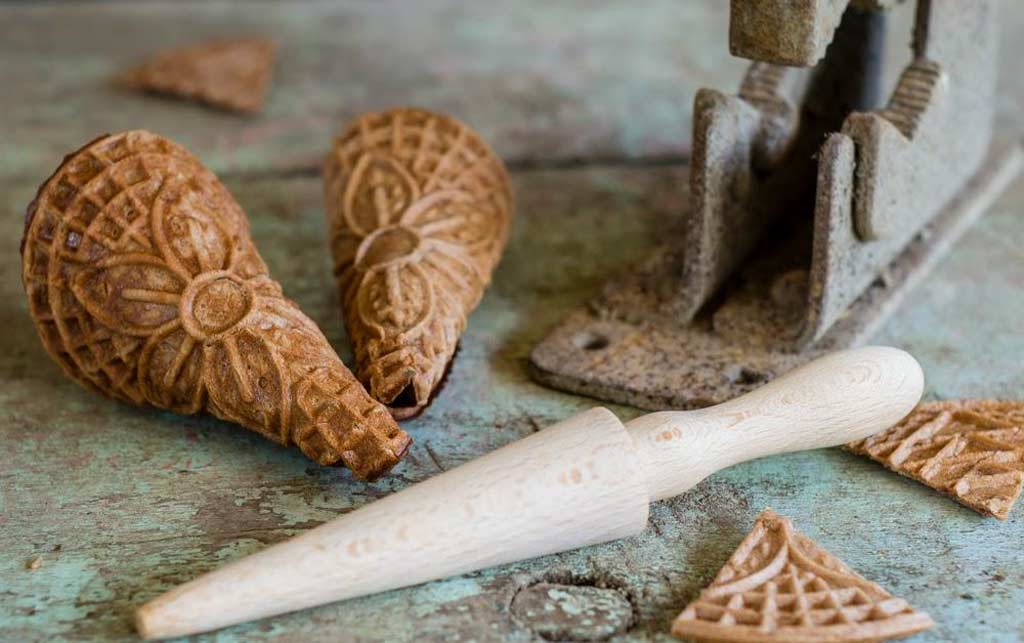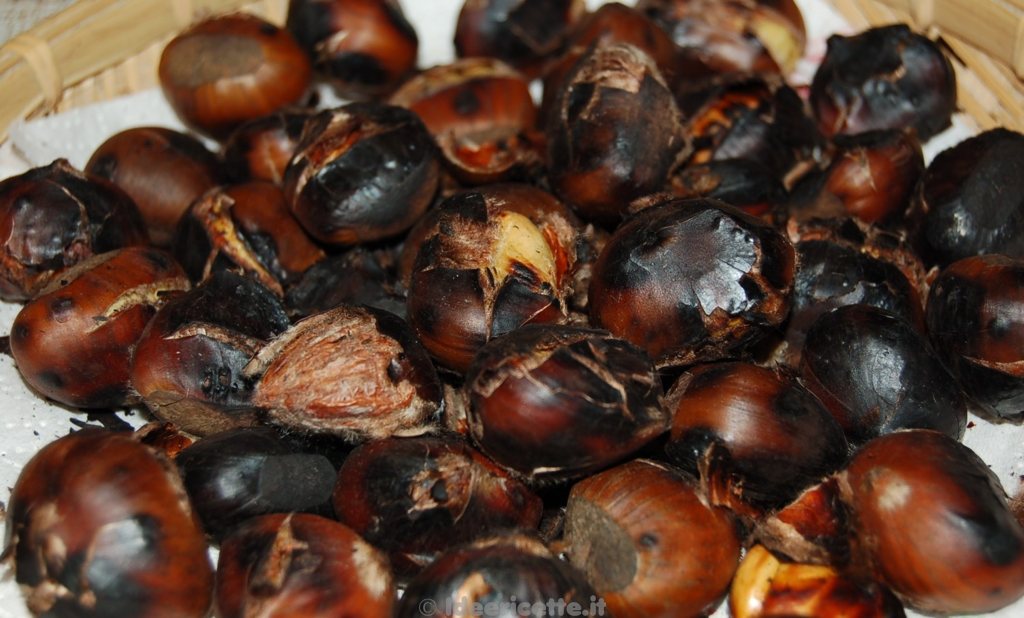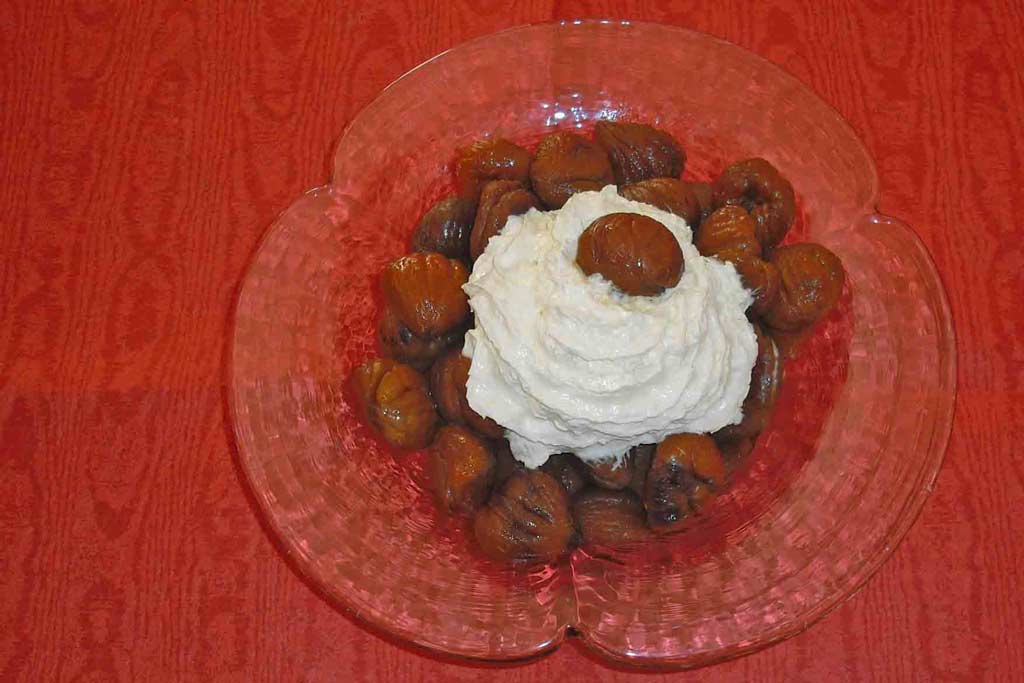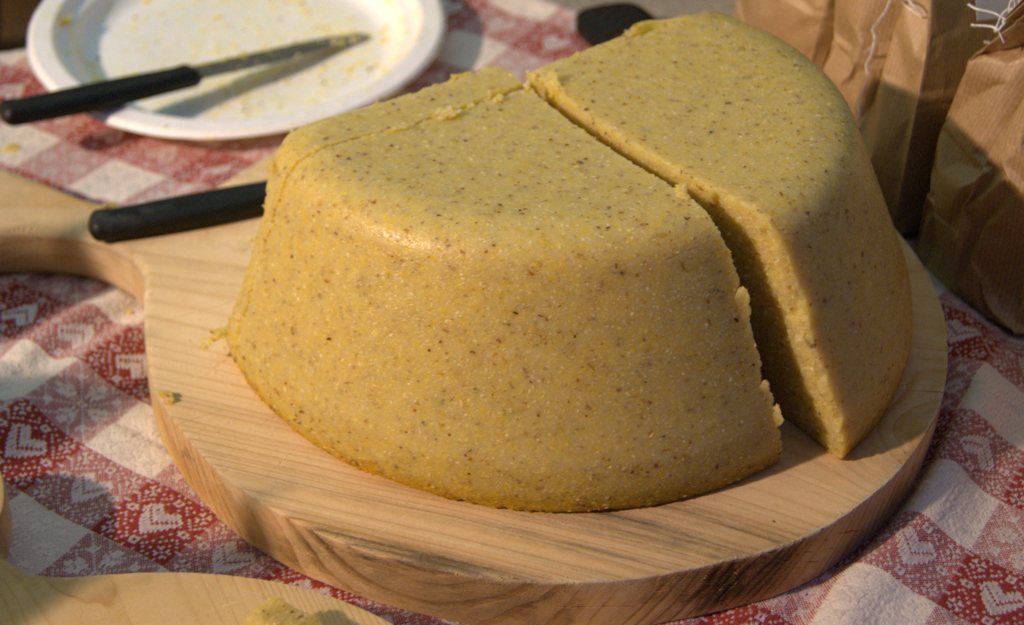Intangible Heritage
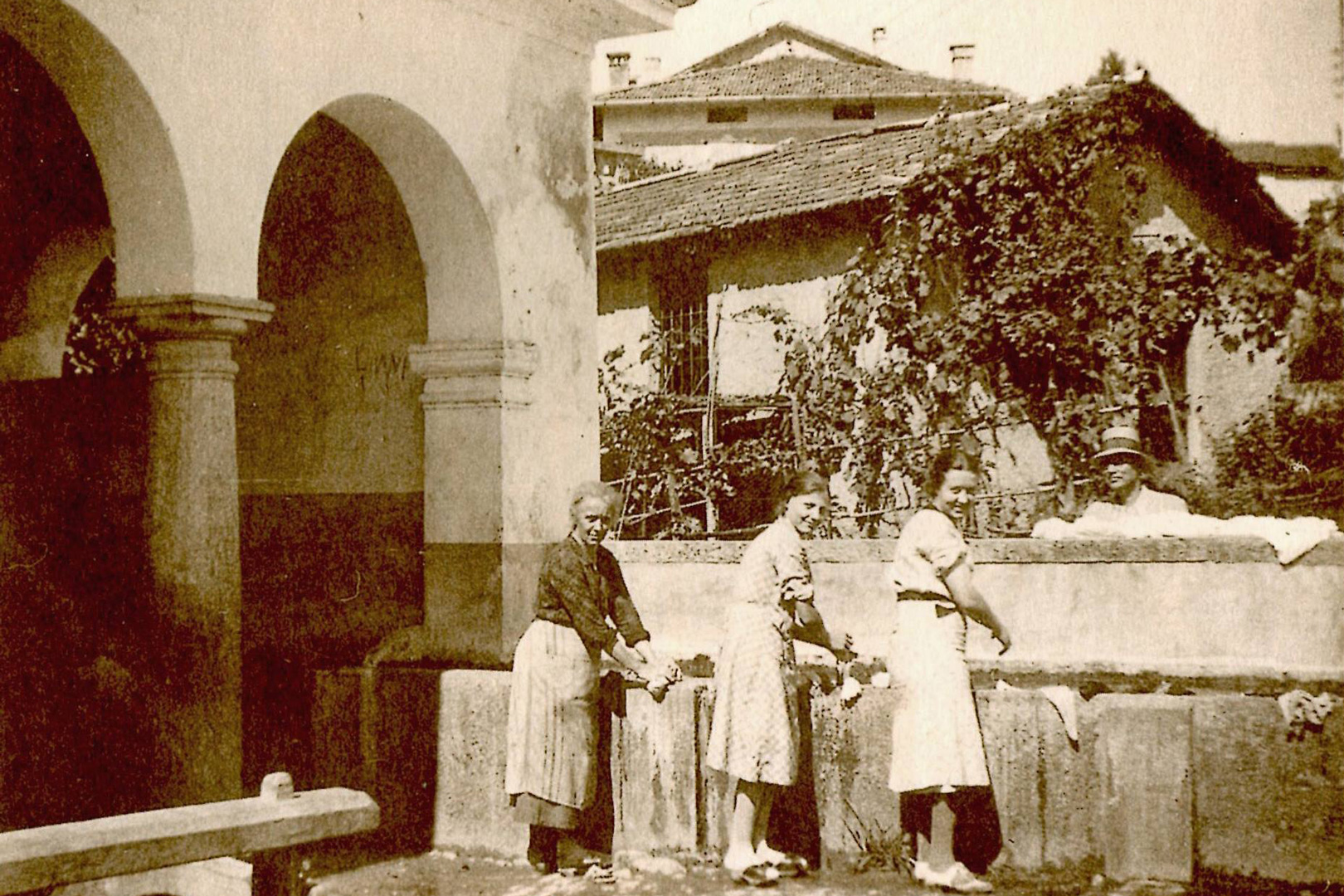
The Intangible Heritage
of the Sanagra Valley
The heritage of an area is not exhausted in landscapes, hamlets or architectural artifacts. It also lives in daily practices, in knowledge handed down, in artistic expressions and shared traditions-all that communities recognize as an essential part of their identity.
This is the intangible cultural heritage, a living and ever-evolving richness. UNESCO defines it as the set of elements "transmitted from generation to generation, constantly recreated by communities and groups in response to their environment, their interaction with nature and their history."
Such elements, including festivals, rituals, arts of making and traditional knowledge, provide a sense of belonging and continuity, helping to strengthen social and cultural ties.
L'Sanagra Valley Ecomuseum is dedicated to collecting, documenting and enhancing this collective heritage. A knowledge deeply rooted in the past, but still vital today for the community and its relationship with the land.
In Val Sanagra, intangible heritage continues to live on in the present, nurturing identity and community.
INTANGIBLE HERITAGE
Arts and Crafts
They call it "know-how."
the body of knowledge and mastery resulting from centuries of perfecting and practicing an activity.
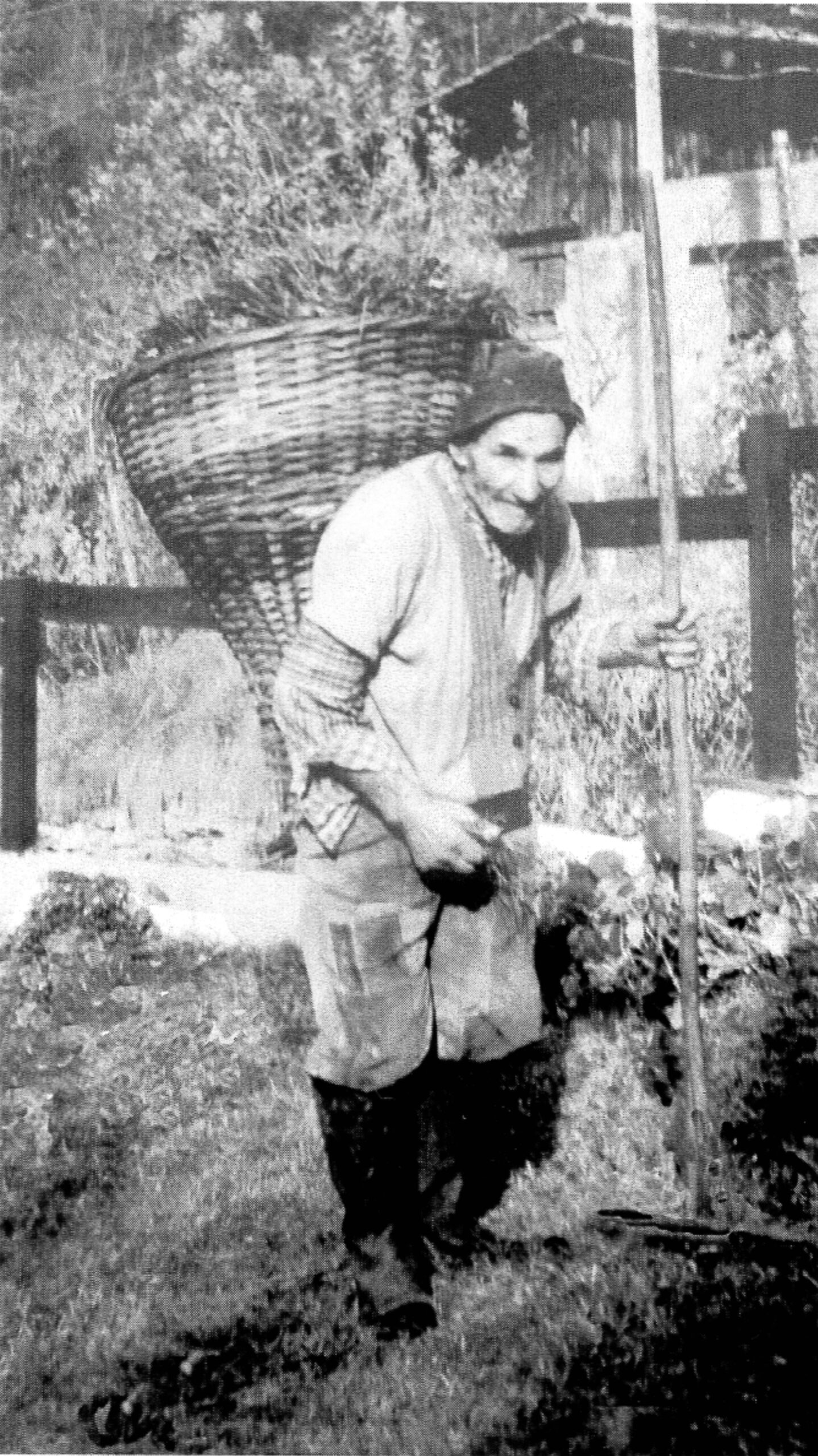
In today's globalized world, knowledge is more liquid than water and flows so fast that it leaves almost no trace of itself.
This rapidity, coupled with the development of increasingly advanced technologies-often difficult to replicate and sometimes even to understand-has put much of the know-how accumulated over centuries at risk.
The danger is real: losing a fundamental part of our culture, the very one that helped define who we are.
Therefore, the Sanagra Valley Ecomuseum aims to. hand down these knowledge, keep them alive and ensure that future generations can not only learn about them, but also reuse them as a resource For its own growth.
This section presents the main Arts and Crafts traditional practices over time in the territory of the Sanagra Valley, with a focus on the municipality of Grandola ed Uniti.
Explore
Discover Ancient Arts and Crafts
No results available
INTANGIBLE HERITAGE
Legends and Traditions
Mirroring a popular culture rich in symbols, tales and rituals that have spanned time.
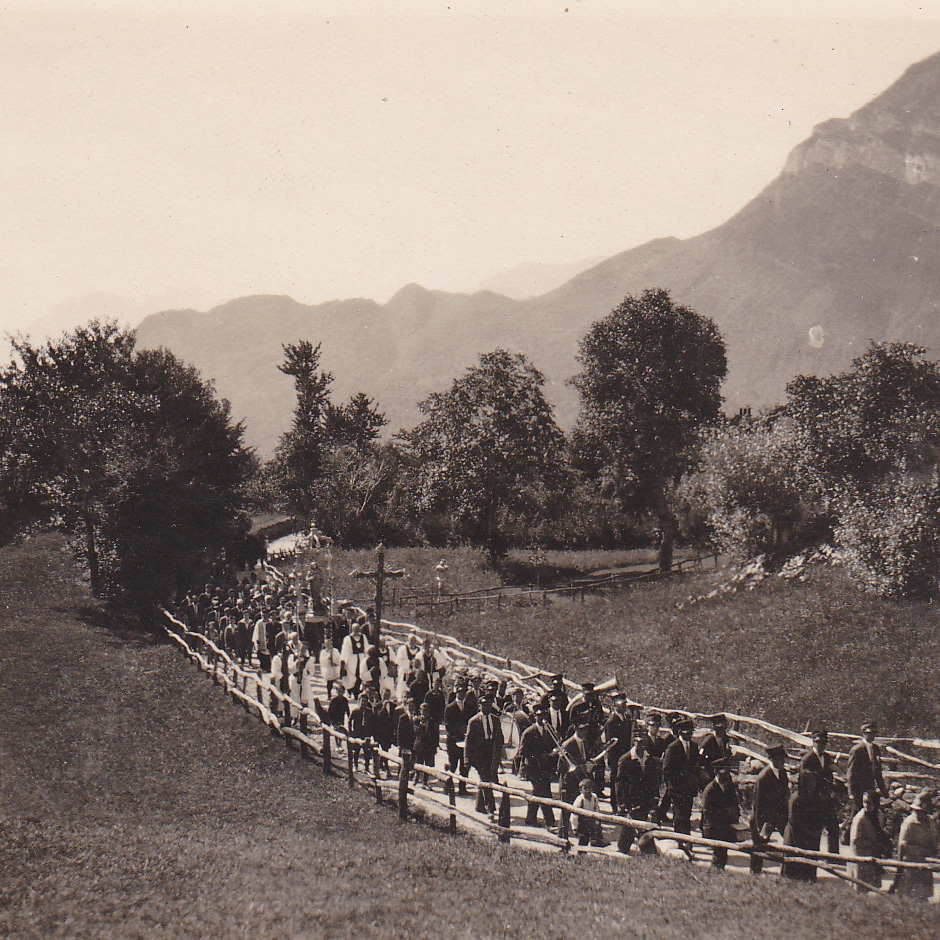
In the popular imagination we find numerous stories and legends, passed down by the local people, curious tales that are fundamental for understanding the culture of the area.
The Sanagra Valley Ecomuseum has among its goals to collect them and pass them on to future generations.
In the formation of local identity, a great role is played by holidays and festivities as a time of gathering and sharing; this section describes some of them.
Explore
Discover Legends and Traditions
No results available
INTANGIBLE HERITAGE
Ancient Recipes
of the Sanagra Valley
Authentic flavors that tell stories of yesteryear, cherishing the experience, passion and conviviality of old-fashioned kitchens.
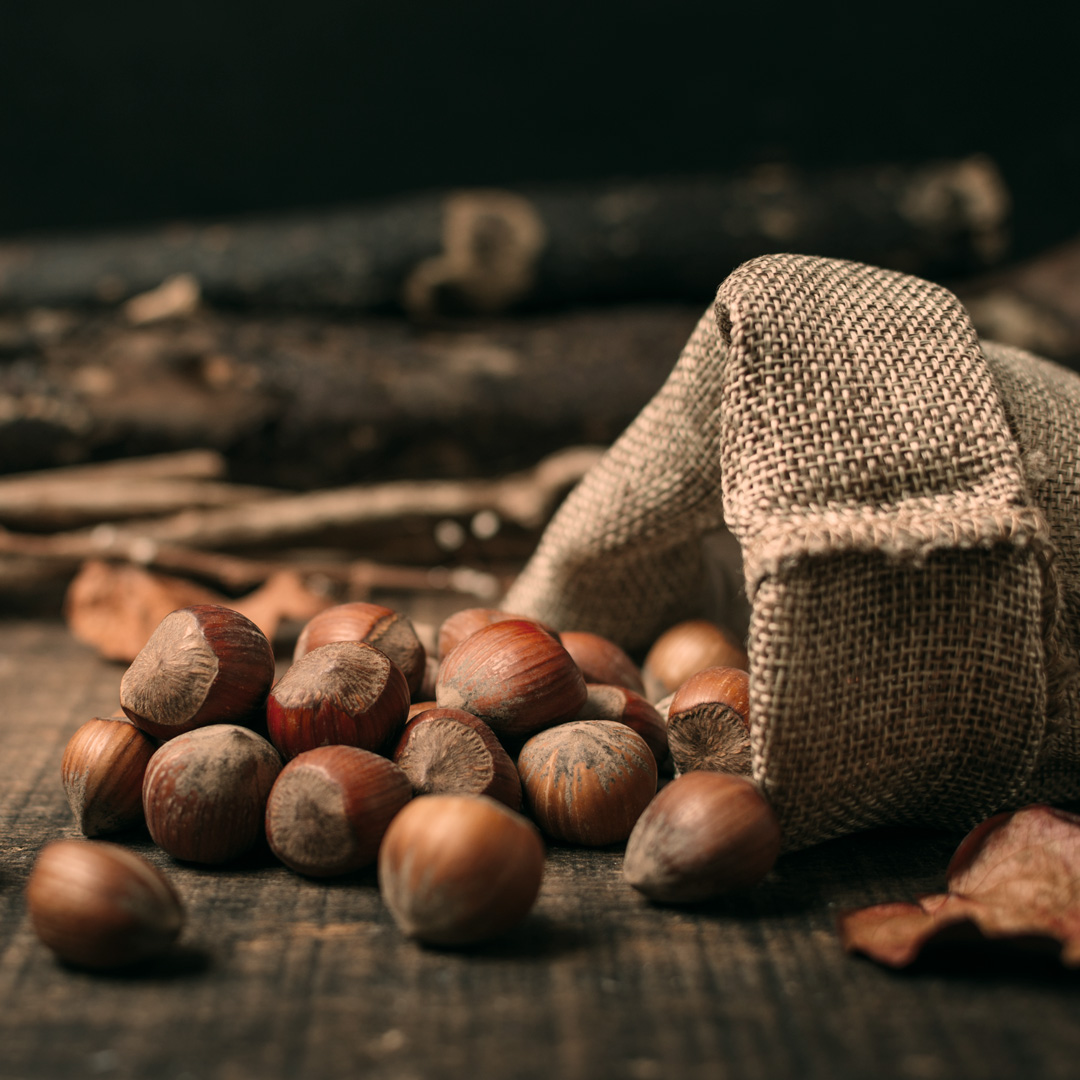
Above all, the Ecomuseum is the fruit of the lives of those who live it, that is, a synthesis of the culture and traditions of the inhabitants themselves.
That is why, in telling about a culture, food, the very basis of life, cannot be missing.
This section describes some of the delicious delicacies typical of the Sanagra Valley, as well as some tips for their preparation.All that remains is to wish you bon appetit.
Explore
Discover Traditional Recipes
No results available
INTANGIBLE HERITAGE
Community Maps
Collective and participatory performances made by the inhabitants themselves to tell the story of the places, knowledge, crafts and memories of the area.
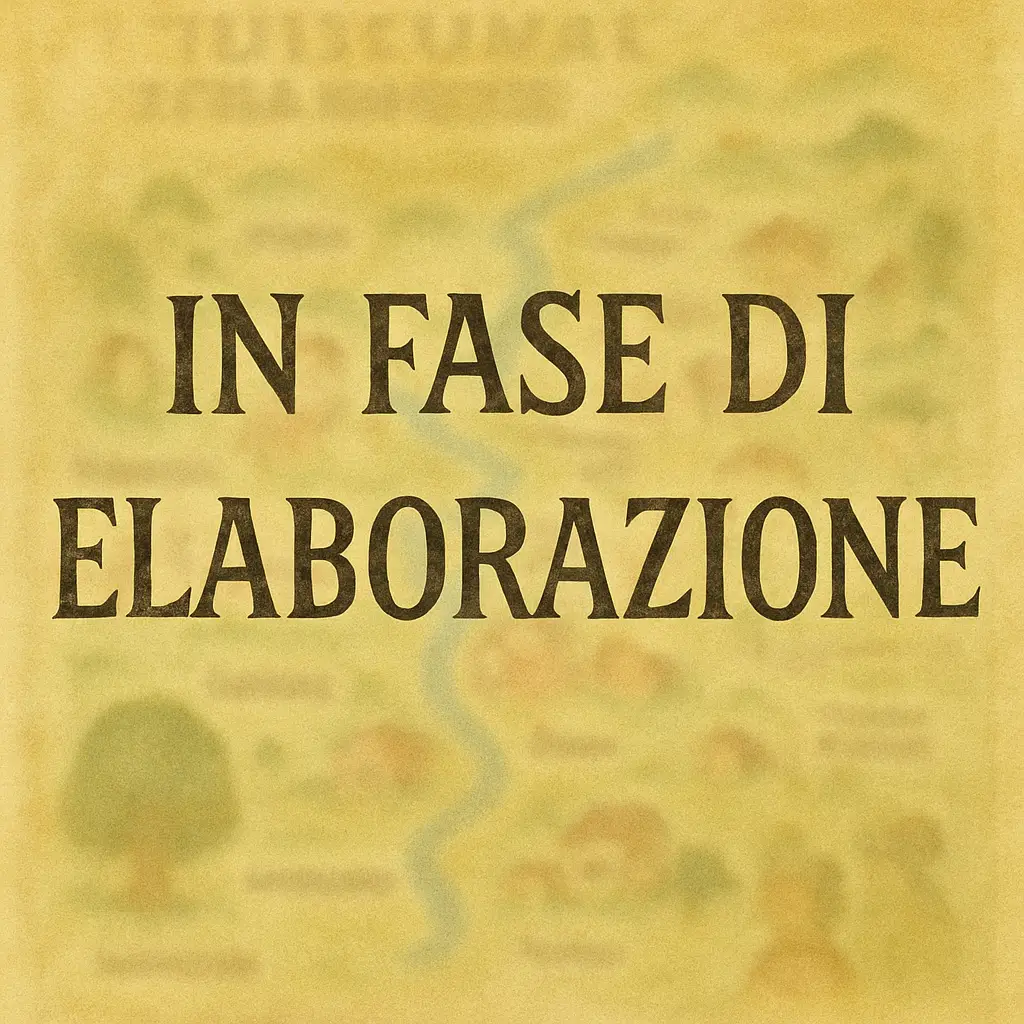
Community maps are not conventional maps, but tools for storytelling and identity: each map is the result of a shared process that enhances historical memory, social relations and affective connection to the landscape.
Within the Ecomuseum, these maps become an educational and participatory tool, capable of involving young people, the elderly, schools and associations in a path of knowledge and rediscovery of their territory. A way to network different generations and guard the intangible heritage of the valley.
(Section under development)
INTANGIBLE HERITAGE
From the Sanagra Valley to the Andes
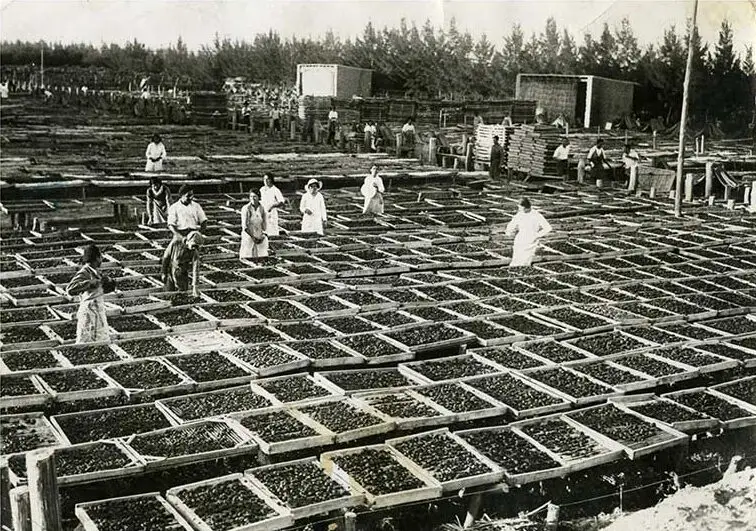
Through photographs, letters and testimonies collected in collaboration with the Association of Italian Emigrants in Argentina, we follow the human and cultural journey of those who left the valley in search of a new life across the ocean, without ever breaking the link with their roots.
(Section under development)
